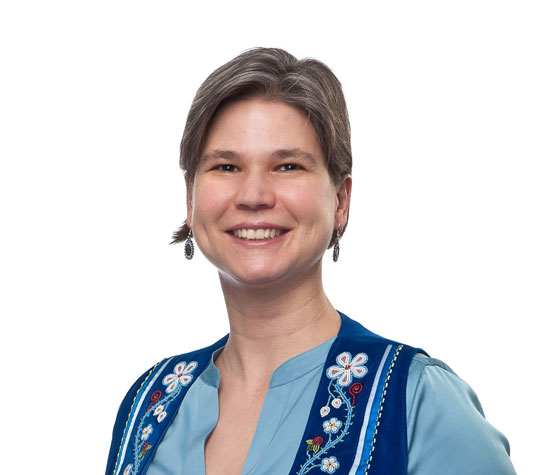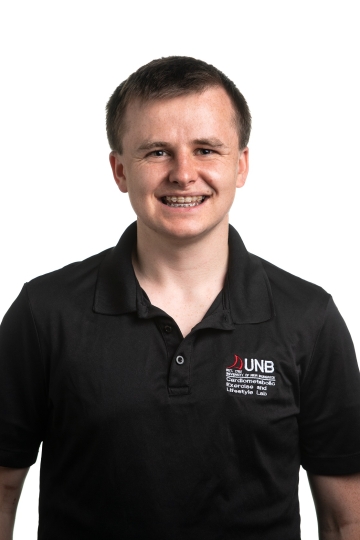Janet Smylie
Family Doctor and Research Scientist
St. Michael’s Hospital
Learn About My Career
Janet Smylie is a family doctor and research scientist at St. Michael's Hospital.
I was born/grew up in: Vancouver but spent most of my childhood north of Toronto
I now live in: Toronto, Ontario
I completed my training/education at: I studied biochemistry at McGill then studied medicine at Queen’s University. I completed my internship and residency in Ottawa, specializing in family medicine, with an extra year focusing on women’s health. After practicing as a doctor for a couple of years, I went back to school to study public health and pursue health research.
I also work as an Associate Professor, School of Public Health, University of Toronto
Yes, I am Métis. I am a member of the Métis Nation of Ontario. I have seven generations of Métis heritage on my mother’s side with my father’s side being of mixed European ancestry.
Every day is a bit different for me, which I enjoy! I spend a lot of time working with Indigenous communities to help to make health care systems more useful for them. I probably spend about half my time in meetings and working on research projects. I work with a team of research scientists, research coordinators, patients, community members, elders, students and healthcare workers. One day a week I usually spend at home writing.
I use a lot of statistics (a type of math) in order to analyze data from a group of people. I look to see what it can tell us about the overall population of people we are investigating. My job also takes digital literacy skills to search databases for information and also to share my results with the global community.
I feel really lucky to be able to do what I’m doing. My family encouraged my interest in science. They also instilled in me the importance of education and of hard work. Growing up, I learned Métis values of reciprocity and fairness. I went straight to university after high school, and then moved to studying medicine with the goal of health research.
I practiced as a family doctor for a couple of years before going back to school to become a health researcher. I have felt some racism towards myself as a Métis person throughout my career. Perseverance, and the help of good people along the way, have got me through.
I was always interested in studying science, particularly humans! We are amazing complex systems both individually and in groups. I love to build ideas with other people, and bridging different areas of knowledge. In my job, I get to work with many different people. This helps to bridge the mainstream health care system and Indigenous communities. I especially like working with young people like student researchers and doctors or midwives in training. I enjoy helping to train more Indigenous researchers and health care professionals.
Even in a wealthy country like Canada, there are inequalities between Indigenous and non-Indigenous people. Indigenous families face a lot of challenges. Their children experience a higher burden of illness compared to other Canadians. I get to work to try to address these inequities by trying to make the health care system more accessible and more useful for Indigenous people.
As a family doctor it was easy to see how you were helping. For example, you could put a cast on a broken arm to make it better. With population research it can be a bit harder to see the difference you are making, but it is still possible. For example, I worked with a group of Indigenous midwives in Toronto. I evaluated their program and demonstrated that it is helping families and improving infant outcomes. This research helped the midwives to get funding to build a new birthing centre in Toronto.
I like spending time with family, which includes seven-year old twin boys! I was their soccer coach this summer. I also like to read mystery novels, watch movies, and travel to warm places.
Find your talent and believe in yourself and stick with it. Don’t let people tell you you’re not capable. Surround yourself with kind, honest people. And have some fun along the way!
What I do at work
Every day is a bit different for me, which I enjoy! I spend a lot of time working with Indigenous communities to help to make health care systems more useful for them. I probably spend about half my time in meetings and working on research projects. I work with a team of research scientists, research coordinators, patients, community members, elders, students and healthcare workers. One day a week I usually spend at home writing.
I use a lot of statistics (a type of math) in order to analyze data from a group of people. I look to see what it can tell us about the overall population of people we are investigating. My job also takes digital literacy skills to search databases for information and also to share my results with the global community.
My career path is
I feel really lucky to be able to do what I’m doing. My family encouraged my interest in science. They also instilled in me the importance of education and of hard work. Growing up, I learned Métis values of reciprocity and fairness. I went straight to university after high school, and then moved to studying medicine with the goal of health research.
I practiced as a family doctor for a couple of years before going back to school to become a health researcher. I have felt some racism towards myself as a Métis person throughout my career. Perseverance, and the help of good people along the way, have got me through.
I am motivated by
I was always interested in studying science, particularly humans! We are amazing complex systems both individually and in groups. I love to build ideas with other people, and bridging different areas of knowledge. In my job, I get to work with many different people. This helps to bridge the mainstream health care system and Indigenous communities. I especially like working with young people like student researchers and doctors or midwives in training. I enjoy helping to train more Indigenous researchers and health care professionals.
How I affect peoples’ lives
Even in a wealthy country like Canada, there are inequalities between Indigenous and non-Indigenous people. Indigenous families face a lot of challenges. Their children experience a higher burden of illness compared to other Canadians. I get to work to try to address these inequities by trying to make the health care system more accessible and more useful for Indigenous people.
As a family doctor it was easy to see how you were helping. For example, you could put a cast on a broken arm to make it better. With population research it can be a bit harder to see the difference you are making, but it is still possible. For example, I worked with a group of Indigenous midwives in Toronto. I evaluated their program and demonstrated that it is helping families and improving infant outcomes. This research helped the midwives to get funding to build a new birthing centre in Toronto.
Outside of work I
I like spending time with family, which includes seven-year old twin boys! I was their soccer coach this summer. I also like to read mystery novels, watch movies, and travel to warm places.
My advice to others
Find your talent and believe in yourself and stick with it. Don’t let people tell you you’re not capable. Surround yourself with kind, honest people. And have some fun along the way!
I am Indigenous
Yes, I am Métis. I am a member of the Métis Nation of Ontario. I have seven generations of Métis heritage on my mother’s side with my father’s side being of mixed European ancestry.
Related Topics
Explore More Career Profiles
-
Brianna Lummerding
Career Profiles
Agronomic Innovation Manager
I look after all things related to soil management for a group of retailers. -
Li Tan (he/him)
Career Profiles
Molecular Lead
I coordinate the day-to-day operations in the DNA Extraction Lab. -
Tyler Morhart (video)
Career Profiles
Scientist, Beamline Responsible - SyLMAND
I am responsible for the SyLMAND beamline at the Canadian Light Source synchrotron facility. -
Li Tan (Video)
Career Profiles
Molecular Lead
I coordinate the day-to-day operations in the DNA Extraction Lab. -
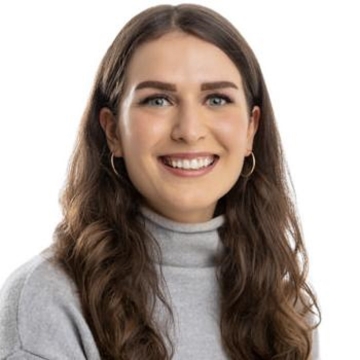
Rashell Featherstone (she/her)
Career Profiles
Senior Program Associate
I coordinate projects for the development of new products at STEMCELL. -
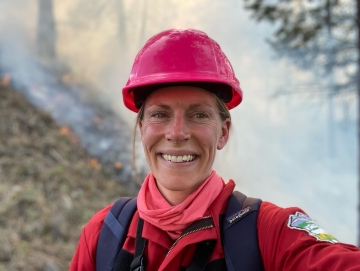
Kira Hoffman (she/her)
Career Profiles
Postdoctoral Researcher/Fire Ecologist
I am a researcher at both a university and a not-for profit organization where I am gaining experience to become a senior researcher. -
Zoë Ehlert (Video)
Career Profiles
Manager, Marker Assisted Breeding
I lead a team that develops canola crops by breeding plants with traits we are looking for. -
Zoë Ehlert
Career Profiles
Manager, Marker Assisted Breeding
I lead a team that develops canola crops by breeding plants with traits we are looking for. -
Jennifer Baltzer (she/her)
Career Profiles
Professor and Canada Research Chair in Forests and Global Change
I work at a university, teaching students and conducting research on the impact of climate change on forests in Canada and around the world. -
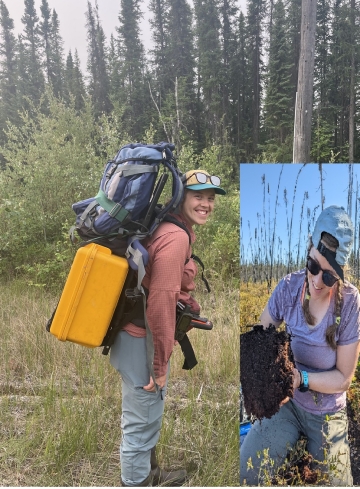
Caitlyn Lyons (she/her)
Career Profiles
Ph.D. Candidate
I am working towards my PhD and studying the forests in the Northwest Territories. -
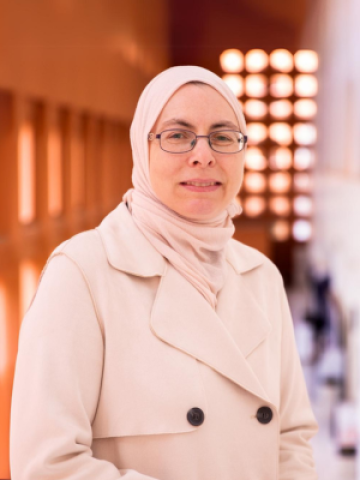
Joann Whalen
Career Profiles
Professor at the Faculty of Agricultural and Environmental Sciences,
I teach advanced courses on how to manage soils to produce healthy, nutritious food and maintain healthy ecosystem functions.
